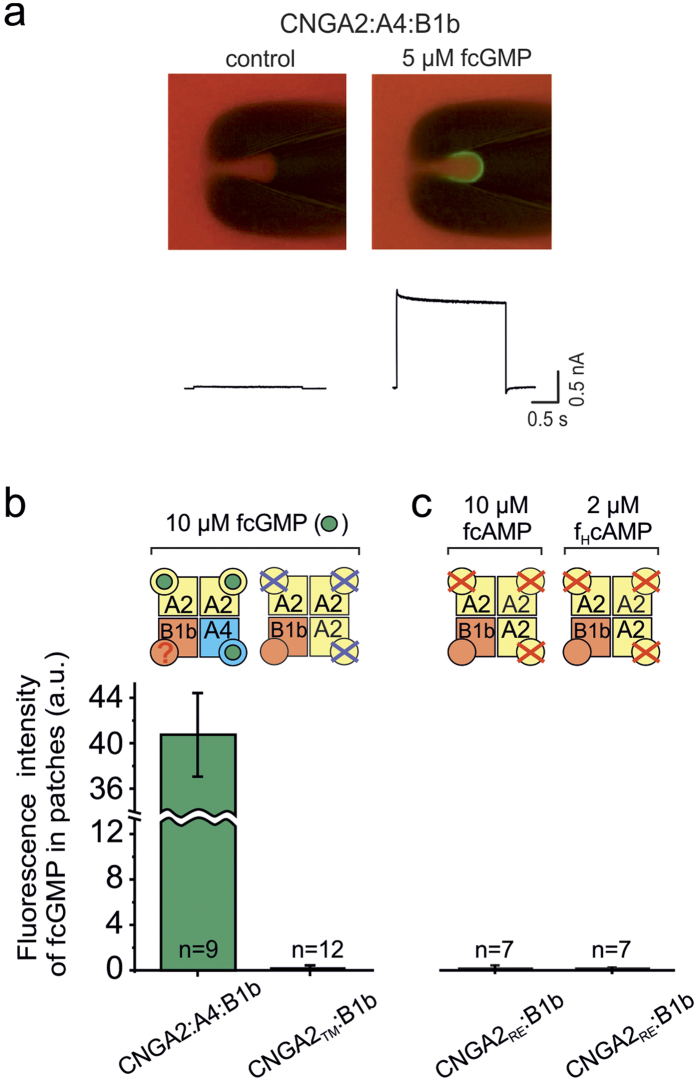Figure 1. The CNGB1b subunit does not bind cyclic nucleotides when coexpressed with disabled CNGA2 subunits.
(a) Micrographs of a pipette tip with a patch in situ containing multiple CNGA2:A4:B1b channels either in the absence or presence of 5 μM fcGMP. (b) Binding of fcGMP to CNGA2, CNGA4 and CNGB1b measured with 10 μM fcGMP. When coexpressed with disabled CNGA2 (CNGA2TM), CNGB1b does not bind fcGMP. This result obtained in one of our previous studies13 was strengthened with four additional measurements. The fluorescence intensity for CNGA2:A4:B1b channels13 is displayed to compare it with that of CNGA2TM:B1b channels. (c) fcAMP and fHcAMP do not detectably bind to CNGB1b. The nonspecific fluorescence, measured in patches from water-injected oocytes, has been subtracted. The cartoons symbolize the four subunits (squares), their binding site (big circle) and the respective ligand (small circle). In all the cartoons, the R538E mutation in the binding domain is indicated by a red cross and the T539M mutation by a blue cross.

